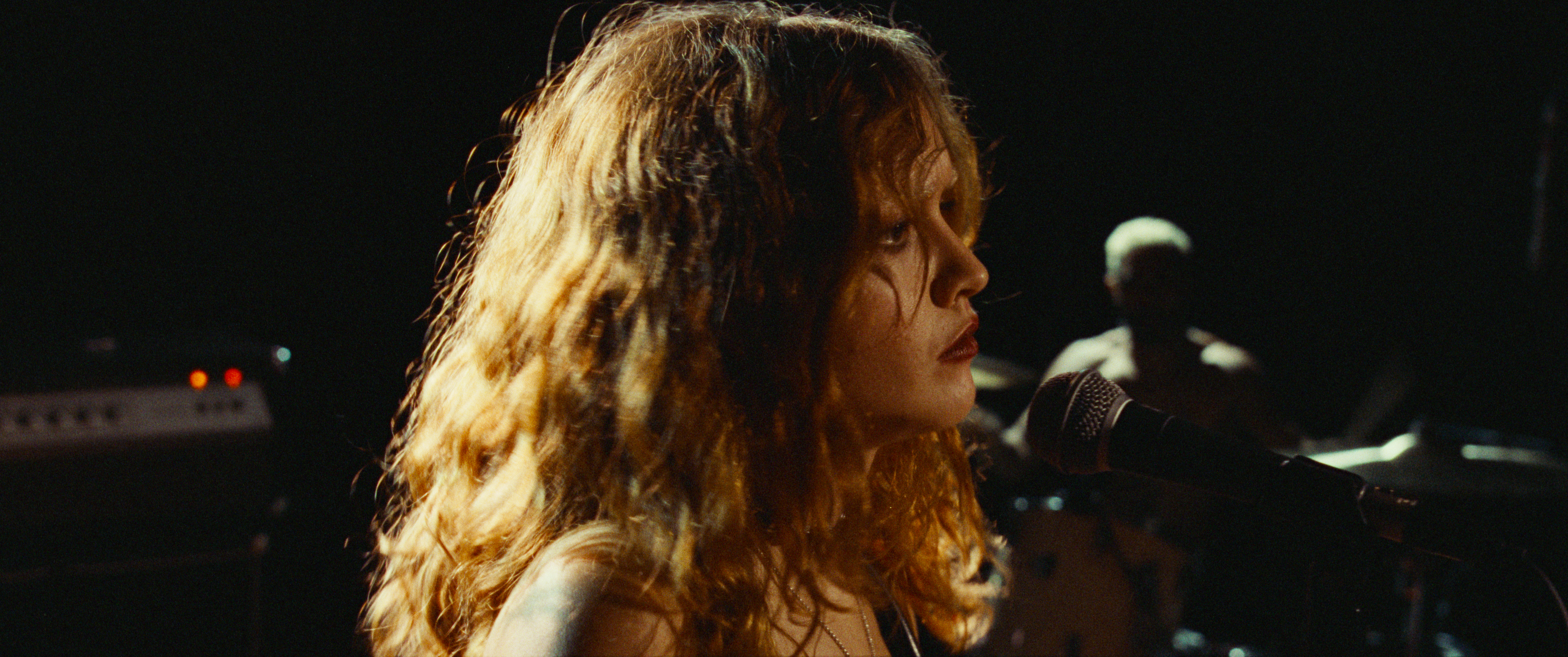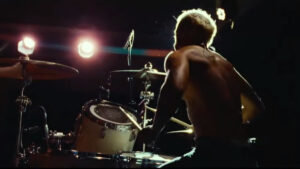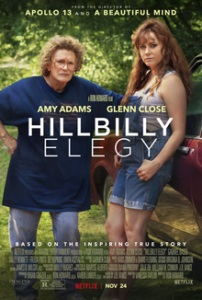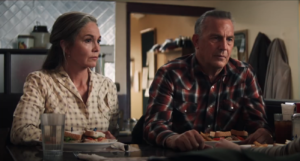The Croods: A New Age
Posted on November 23, 2020 at 2:06 pm
B +| Lowest Recommended Age: | Kindergarten - 3rd Grade |
| MPAA Rating: | Rated PG for peril, action, and rude humor |
| Profanity: | None |
| Alcohol/ Drugs: | None |
| Violence/ Scariness: | Cartoon-style peril, minor injuries |
| Diversity Issues: | A theme of the movie |
| Date Released to Theaters: | November 25, 2020 |
| Date Released to DVD: | December 29, 2020 |

The Croods: A New Age is the sequel to the animated film about the prehistoric family is sharply funny, exciting, warm-hearted, and a great watch for the whole family.
We left the Croods at the end of the first film with Grug (Nicolas Cage) finally welcoming in a new family member, Guy (Ryan Reynolds). The family, which sleeps in a pile every night and can form a kill circle in an instant is, Grug thinks, situated as well as possible to find food and to avoid becoming food. But then the climate changes and they have to find another place to live. On the other side of a wall, they discover a kind of paradise, with plenty of food conveniently growing in rows. It is the home of the Betterman family (“emphasis on the Better“), Hope (Leslie Mann), Phil (Peter Dinklage), and their daughter Dawn (Kelly Marie Tran).
The Bettermans, who have discovered tools and simple machines, have an elaborate tree-house, cultivated crops, and the wall, which keeps them safe. They have the concept of “privacy,” sleeping in separate rooms. They also have the concept of “rooms.” Also “windows,” and an amusing running joke is the way Grug’s son Thunk (Clark Duke) is mesmerized by the “screen” that’s just a hole in the wall.
The Bettermans are aghast at the lack of refinement of the primitive Croods and gently try to urge them to move on. Except for Guy, who they knew when he was a child. Guy is happy to be reunited with them, especially his childhood friend Dawn. He starts dressing like Phil Betterman.
We might expect Grug’s daughter Eep (Emma Stone) to be jealous of Dawn. But this movie wisely makes Eep and Dawn instant best friends in a funny and sweet scene where they discover what it means to know another girl. It also wisely does not make the Bettermans or the Croods all right or all wrong. Balancing the wish to protect your children from any possible harm with the importance of their learning to be independent and developing a sense of curiosity and adventure.
Basically, there are just two jokes here, but they are funny every time. It is funny when we see that the Croods are just like us (parents want to take care of children and children want to try new things, teenagers have a lot to say to each other but do not always have the words, girlfriends’ voices sometimes get a little screechy when they’re excited), and it is funny to see them discover for the first time in human history what we take for granted (privacy, screens). But what makes this movie worth a rewatch is the constant invention of its visuals, the exceptional detail in the characters, animals, and landscapes, its superb voice talent, and its touching depiction of the foundational ties of family and community.
Parents should know that this film includes some peril and mild injuries and some potty humor.
Family discussion: Is your family more like the Croods or The Bettermans? What would you pick for your tribal name? What is your family’s motto? Ask family members for the stories behind their scars.
If you like this, try: “The Croods,” and the “Ice Age” movies and my interview with this film’s director, Joel Crawford.








